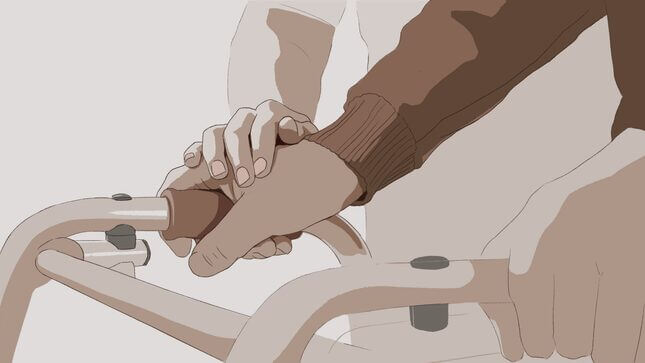The emerging debate over whether care is infrastructure isn’t new or surprising. The question “what is infrastructure?” was triggered by President Biden’s announcement that the American Jobs Plan includes a $400 billion investment to expand Medicaid coverage of home and community-based services for people with disabilities and older adults, and to improve wages and working conditions for the nation’s direct care workforce. Politico went so far as to say that it’s “silly” to call care infrastructure, as “no previous politician who put forward a similar caregiving proposal has done so under the guise of infrastructure spending.”
That’s precisely the point and what makes the American Jobs Plan the new and bold plan we need.
But it has never before been seen or valued as such in our political discourse because women and women of color have shouldered the work of our care economy. Today, the work of care as a profession falls overwhelmingly on women: 91.5 percent of domestic workers—nannies, house cleaners and home care workers—are women, 86 percent of direct care workers are women, and 61 percent of family caregivers are women. The wages for care work mirror the devaluation of unpaid family care: the median hourly wage for a domestic worker is $12.01, and the median wage for home care workers—who make up the majority of domestic workers—is $11.89 for non-agency workers and $12.08 for agency-based workers.
The devaluing of the profession, and the persistent low wages, has deep roots in racism and the legacy of slavery. The centuries-long exploitation of Black women’s domestic labor, including enslaved African women, was cemented by the exclusion of domestic workers, including home care workers, from the foundational labor laws that Congress enacted as part of the New Deal in the 1930s. Today, just over half (52.4 percent) of the domestic workforce are Black, Latinx, or Asian American/Pacific Islander women, including 61.3 percent of agency-based home care workers. In particular, Black women make up a little over a tenth of all women workers in the U.S., yet they constitute almost one-third of women working in homecare.
And yet, the case for investing in care as infrastructure is far more than a case for equity. A report from just last month cited how investing $77.5 billion per year in care would support over two million new jobs at an average cost of $34,496 per supported job (this proposal would commit $50 billion per year to start). Care jobs generally are also job-enabling jobs, allowing mothers and family caregivers to return to the workforce and workers to stay in their jobs as their family’s needs change, rather than forcing them to choose one or the other.
The debate over whether care is infrastructure is sorely out of touch with the majority of Americans. In 2019 a survey showed 73 percent of Americans believed there are not enough caregiving professionals to take care of those in need (then or in the future)—and that was prior to the pandemic revealing the current and impending crisis. The survey also showed that 82% of Americans – across party lines – supported a federal program that everyone pays into and everyone could access for support including child care, paid family leave, long-term care for a disability, and care for a family member as they get older. Just this week a survey showed that support for the American Jobs Plan has bi-partisan support of likely voters, backed by a 52-percentage-point margin (73 percent support, 21 percent oppose), firmly placing the debate of care as infrastructure in the chattering class, not with voters.
Care can’t wait. For those already struggling to provide care or access it, the pandemic created a crisis within a crisis. It’s time we created bold solutions that will make a meaningful difference for Americans across the country, of all party affiliations, who need a strong care infrastructure. That’s why many of us joined Vice President Harris, Speaker Pelosi, Secretary Raimondo and others for the Care Can’t Wait Summit to share our care stories, and demonstrate the urgency for action.
Care has always been infrastructure, and we’re finally having a conversation about what is needed for that infrastructure to be strong enough to support the needs and potential of women, women of color, our families, and our workforce. If we’re serious about economic recovery, it would be “silly” not to prioritize care jobs and infrastructure.
Ai-Jen Poo is the executive director of National Domestic Workers Alliance and director of Caring Across Generations.
